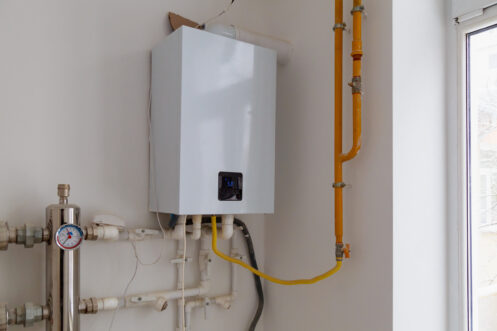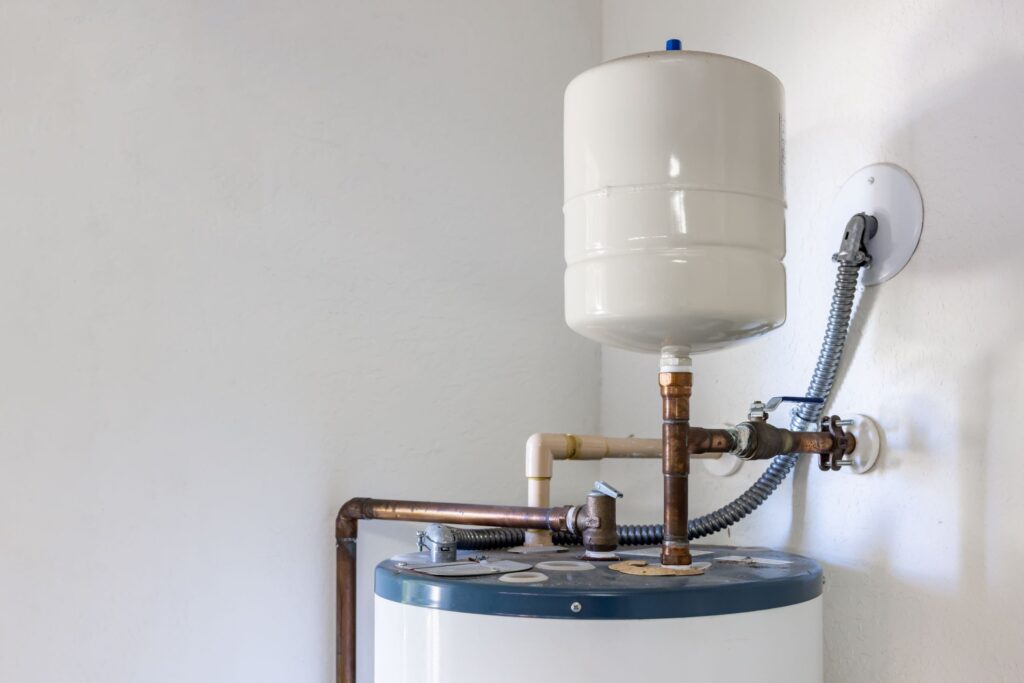Caring for Your Home's Hot Water System: Key Guidelines
Caring for Your Home's Hot Water System: Key Guidelines
Blog Article
We've unearthed this article about How to Maintain Your Water Heater & Prolong its Life directly below on the net and decided it made perfect sense to quickly share it with you here.

Warm water is important for daily convenience, whether it's for a revitalizing shower or cleaning meals. To ensure your warm water system runs efficiently and lasts much longer, routine maintenance is key. This write-up supplies useful tips and understandings on exactly how to keep your home's warm water system to prevent disturbances and expensive repairs.
Introduction
Keeping your home's warm water system may seem challenging, but with a couple of basic steps, you can guarantee it operates efficiently for many years ahead. This guide covers every little thing from understanding your warm water system to DIY upkeep suggestions and recognizing when to hire specialist assistance.
Importance of Keeping Your Hot Water System
Normal maintenance not just prolongs the lifespan of your warm water system but additionally ensures it runs efficiently. Ignoring upkeep can lead to lowered efficiency, greater energy expenses, and even early failure of the system.
Indicators Your Warm Water System Requirements Upkeep
Understanding when your hot water system requires focus can avoid major concerns. Look out for indicators such as inconsistent water temperature level, weird sounds from the heating unit, or rustic water.
Comprehending Your Hot Water System
Before diving right into maintenance tasks, it's useful to understand the standard parts of your warm water system. Normally, this includes the hot water heater itself, pipelines, anode rods, and temperature level controls.
Regular Monthly Upkeep Tasks
Regular month-to-month checks can aid capture minor problems prior to they escalate.
Purging the Hot Water Heater
Purging your water heater gets rid of sediment buildup, improving effectiveness and prolonging its life.
Checking and Replacing Anode Rods
Anode rods prevent rust inside the storage tank. Checking and changing them when broken is crucial.
Examining and Readjusting Temperature Level Setups
Readjusting the temperature level setups makes certain optimum efficiency and safety.
DIY Tips for Maintenance
You can perform several maintenance tasks on your own to maintain your hot water system in leading problem.
Looking for Leakages
Consistently evaluate pipelines and links for leakages, as these can cause water damages and greater bills.
Checking Stress Relief Valves
Checking the pressure safety valve guarantees it works properly and stops extreme stress buildup.
Protecting Pipes
Insulating warm water pipes lowers warmth loss and can save energy.
When to Call a Specialist
While do it yourself maintenance is valuable, some problems require professional expertise.
Facility Problems Needing Professional Help
Instances include major leakages, electrical troubles, or if your hot water heater is regularly underperforming.
Routine Specialist Upkeep Advantages
Specialist maintenance can include detailed assessments, tune-ups, and making sure compliance with safety and security requirements.
Conclusion
Routine maintenance of your home's warm water system is vital for effectiveness, long life, and expense financial savings. By complying with these tips and recognizing when to seek professional help, you can make certain a trustworthy supply of hot water without unexpected disruptions.
Water Heater Maintenance Tips
Test the TPR Valve
Shut off the power and the cold-water supply valve. Place a bucket under the pipe connected to the temperature-pressure-release (TPR) valve on the top or side of the tank. (This valve opens if the tank pressure gets too high.) Lift the valve’s tab to let some water out, then let go. If water keeps flowing, drain the tank partway, unscrew the old valve with a pipe wrench, and install a new one. Check the Anode Rod
Put a hose to the tank’s drain cock and let out a few gallons of water. Now fit a 1 1/16-inch socket onto the rod’s hex head on top of the heater (or under its top plate) and unscrew the rod. If it’s less than ½ inch thick or coated with calcium, buy a new one, wrap its threads with Teflon tape, put it back in the tank, and tighten securely. Use this segmented rod if headroom above the tank is limited. Drain the Tank and Wash Out Sediment
Drain the remaining water in the tank into the bucket, then stir up the sediment on the tank’s bottom by briefly opening the cold-water supply valve. Drain and repeat until clean water comes out of the hose. Close the drain cock, refill the tank, and turn its power back on. Adjust the Temperature
Find the temperature dial on the side of the tank and unscrew its cover. Adjust the dial to 120 degrees using a flathead screwdriver. For every 10 degrees the temperature is lowered, you can expect to save up to 5 percent in energy costs. Turn the water heater off or the thermostat down to its lowest setting if you plan to be away from home for more than three days. Insulate the Pipes
Buy some self-sticking 3/8-inch-thick foam pipe insulation that matches the pipes’ diameter. Slide the foam over the hot-and cold-water pipes as far as you can reach. Insulating the cold-water pipe prevents condensation in summer. Peel the tape and squeeze the insulation closed. If the pipe is 6 inches or less from the flue, cover it with 1-inch-thick unfaced fiberglass pipe wrap. https://www.thisoldhouse.com/plumbing/21016402/how-to-maintain-a-water-heater

Do you really like more info about What Kind of Maintenance Do Water Heaters Need?? Create a review down below. We would be happy to find out your opinions about this blog post. We hope that you come back again in the near future. So long as you appreciated our blog posting please do not forget to share it. Thank-you for your time invested reading it.
Give Me A Quote! Report this page